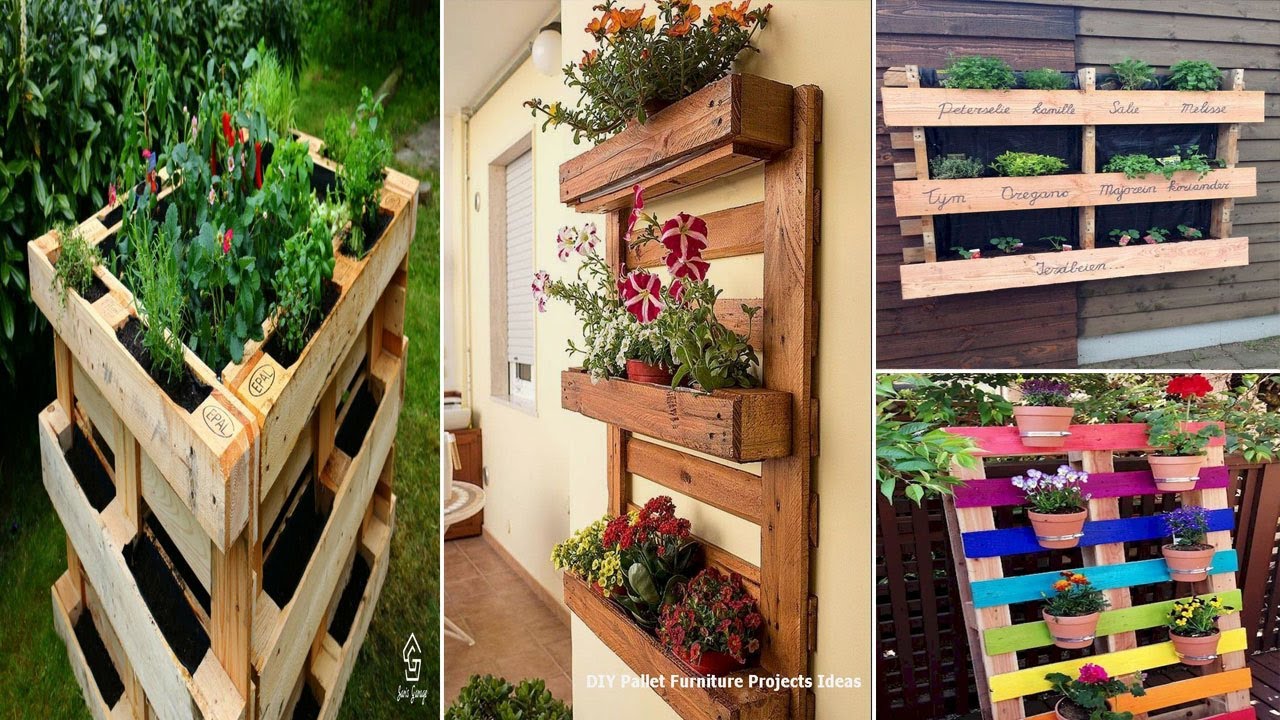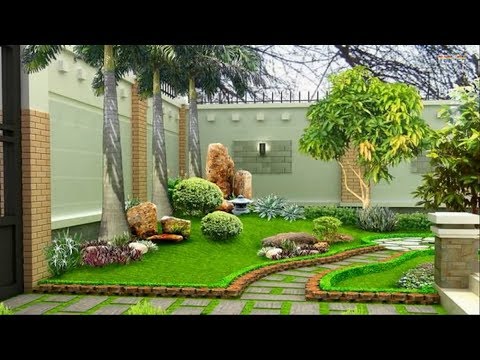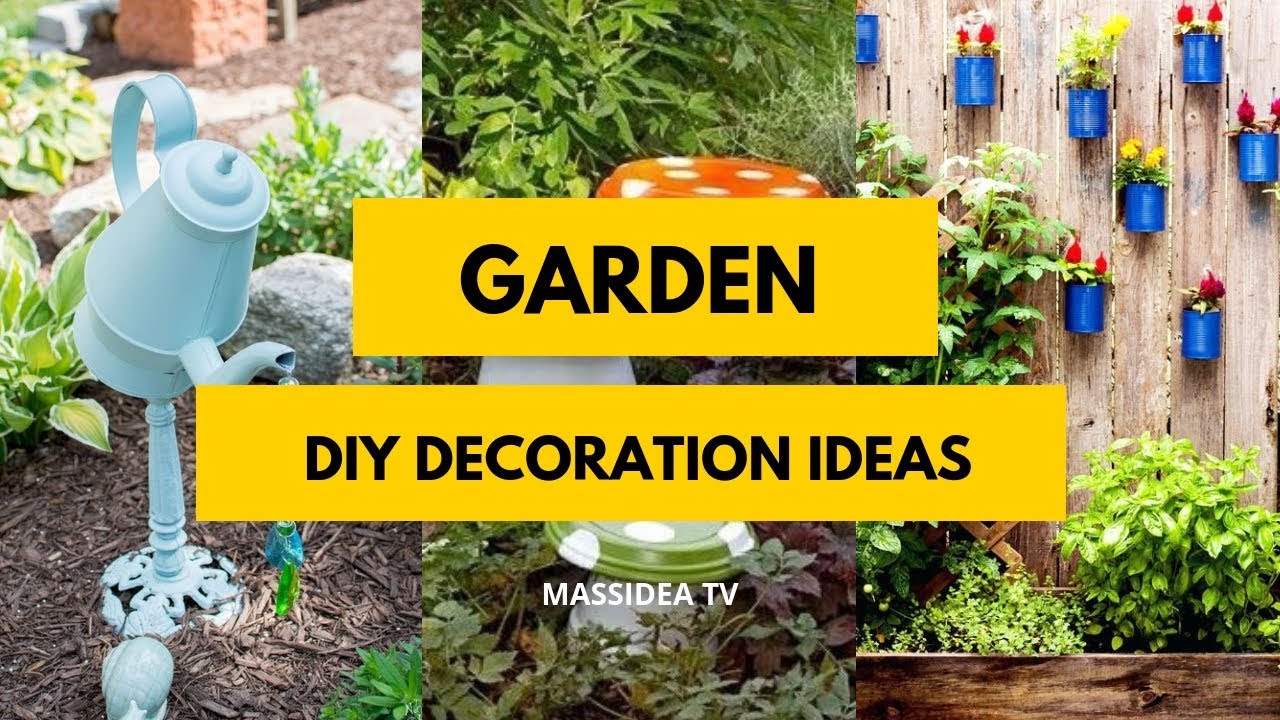A well-planned vegetable garden is a productive vegetable garden so it’s well worth spending time working out what you’ll plant where and when to schedule everything for garden success. Good garden planning involves answering these key questions: How many plants can I grow in the space that I have? One of the most common mistakes gardeners make is trying to cram too many crops into their gardens, which results in overcrowding and poor harvests as the plants get bigger and compete for water and nutrients. What is the best layout for my plants? Many gardeners draw out their gardens, if only a rough sketch, to work out what space they have and to help them select the plants they can grow.
Usually it is necessary to rearrange the plants on a plan until the perfect layout is achieved. Make sure that you consider the size of plants when they’re fully grown, for example sprawling squash should be at the edge of vegetable beds so they don’t smother other crops, and leafy crops like lettuce can benefit from the shade cast by taller plants. Sweet corn however should always be grown in blocks rather than a single row so that they can wind-pollinate properly.
What needs ordering? Carefully planning seed and garden supply orders is essential so you can get growing as soon as the weather is right. When should I plant? For the best results, some crops such as tomatoes, peppers and onions are often started under cover or indoors several weeks before the last frost. Other crops such as beans and squash can’t be sown until outside temperatures are reliably warm. That’s why it’s important to draw up a schedule of the best times for planting each crop in your local area.
What might go wrong? Throughout this process it’s important to consider what might cause problems, for example big blocks of single crops can easily be attacked by pests such as aphids unless you mix in companion planting flowers to attract beneficial predator insects, or a sudden hot spell might damage young, tender plants unless you have planned adequate irrigation or shade. All this planning can be done by hand, however, using pen and paper can take time, especially if you’re growing lots of plants or have a large garden. And if you don’t yet have the experience of someone who’s been growing for years it can be tricky to keep on top of what needs planting and when.
Ir becomes increasingly complicated the more plants you grow, particularly if you’re keeping track of several years of crop rotations (moving plants each year to reduce the likelihood of pests and plant diseases). There are several advantages to using software such as our online Garden Planner or the associated mobile apps when planning your vegetable garden. The Garden Planner has been designed to solve many of the headaches of traditional methods by helping you to produce the perfect plan of what you’ll grow where and when. The first step is to draw out or add all of the key items that you have in your garden, and you can move them around until you’ve created the perfect layout. You can plan open plots and use traditional row planting directly into the ground, or perhaps you use raised beds in your garden arranged in interesting patterns. There are lots of ready-design garden objects which you can add to your plans, such as ponds, paths, fences and compost bins.
Many of them, such as raised beds, glasshouses and sheds can be adjusted to fit your space. For odd-shaped gardens, you can mark boundaries with lines or fences which can be curved if necessary. If you’re a fan of Square Foot Gardening, the Garden Planner has an SFG mode. Turning this on switches to the correct spacing for a square foot garden. When choosing your plants in this mode, the Garden Planner will calculate how many you can fit into each square foot, and will indicate this in the top left.
Switch back out of SFG mode if you want to add rows of plants. The Garden Planner has a database of almost 200 vegetables, herbs and fruit, and placing them on your garden plan is easy. Just click to pick the plant up, move to where you want to place it and then click to place a single plant, or drag out a whole row. You can also expand the row into a block to fill a whole bed – perfect for this strawberry patch for example. As you add vegetables, the space they require is clearly shown by the colored area around each plant, and the tooltip displays how many plants will fit into the area. Detailed growing information is available from the Information button, helping you to choose the perfect location for a favorite crop or to check what soil is required. Or, use the filter button to narrow down the selection to crops that suit your requirements. The Garden Planner adapts to your own area using a database of over 5,000 weather stations, looking up the average frost dates automatically.
It then uses this data to produce a personalized Plant List, showing how many of each plant you require, and when to sow, plant and harvest them in your location. It’s really easy to print this out and take it with you into the garden or when out buying supplies. Alternatively, publish your garden plan to the web to view it on any mobile device . Twice a month, the Garden Planner will then send email reminders of what needs planting from your garden plans to help you keep on track and not to miss key planting dates. The Garden Planner has several other powerful features which make it easy to get more from your garden For example, you can organize which crops will follow on from others using the Succession Planting feature.
The dates that each plant will actually be in your garden can be set easily. These radishes for example will be in the ground from March to May. When I view my garden for June, after the radishes have been harvested, I can see that I have room to grow something else, so I’m going to pop in some Swiss chard, which will be in the ground until next spring. Crop rotation is also easy to plan. Each plant has a plant family color so you can easily identify it. Once you have entered more than one year’s plan, the Garden Planner warns you about where you should avoid placing each vegetable based on what was in the area in previous years. This reduces the likelihood of soil-borne pests and diseases surviving from one year to the next. See our crop rotation video for more details. Designing irrigation for your garden is simple. Select the irrigation layer, and use the various components to create your system. The Parts List will then create an easy- to-use shopping list of the items you’ll need based on your design.
Other garden objects from your plan will also be listed here. Using glasshouses, cold frames and row covers are ways the season can be extended helping to get a head start on raising those precious seedlings in the spring or keeping established plants going into the winter. The Garden Planner automatically updates the sow, plant and harvest times for your vegetables when you add these protective structures to your garden. They are displayed separately on the Plant List, so you can easily keep track of the various stages of your plants’ growth. Planning your garden, whether you’re using apps or not, will ensure you’ve got all the information you need to start your plants at the best time, and to give them the best chance of survival through the growing season.
With good planning, some hard work, and a little help from Mother Nature, you can look forward to harvesting a bumper crop.
As found on Youtube





